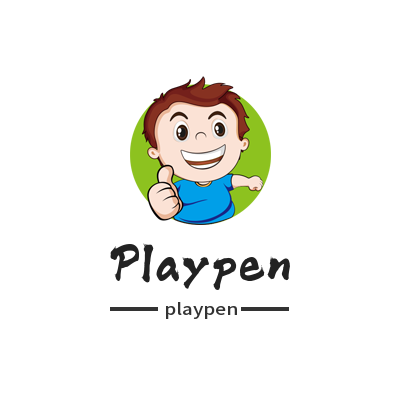Playpens are designed to ensure the safety of babies and are generally suitable for the infant and toddler age groups. However, as your baby grows and develops, situations may arise that make the playpen no longer suitable or serve its intended purpose.
Generally speaking, playpens are suitable for babies in the stage before crawling and walking, and can help limit their range of activities and prevent them from coming into contact with dangerous objects or areas. As your baby begins to crawl, stand, and walk, they may be able to climb over the fence or find other ways around it, at which point the fence's effectiveness may diminish.
When your baby gets old enough to climb, climb, or push around the fence on their own, the fence may no longer be effective in keeping them safe. In this case, a better option may be to take other appropriate safety measures, such as regularly checking your home for hazardous items, setting up safety locks, monitoring hazardous areas, etc.
Overall, playpens are very useful in the early stages of life, but as your baby grows and develops, additional measures may be needed to keep them safe. Each baby's growth rate and abilities are different, so the timing and effectiveness of the fence should be evaluated based on the baby's specific situation and needs.

When choosing and using a playpen, the following points need to be considered:
Ages and Developmental Stages: Playpens are primarily suitable for the age group of babies and toddlers, usually from the time a baby starts crawling to before they can walk. Fences can help limit your baby's movement and prevent them from coming into contact with dangerous objects or dangerous areas.
Safety: It is important to choose a playpen that meets safety standards. Make sure the playpen is solid in design and construction and has no sharp edges or protruding parts that could cause harm to your baby. Additionally, the playpen should have a reliable locking mechanism to prevent your baby from accidentally opening the playpen.
Adaptability: Some playpens come in adjustable sizes and shapes that can be adapted to the layout and needs of the room. This ensures that the fence can adapt to different spaces and meet the needs of the family.
Supervision and Attention: A playpen is not a substitute for supervision and attention. Whether you use a playpen or not, you always need to keep close supervision of your baby and make sure the surrounding environment is safe. Fences are a supplementary measure, not a replacement.
Your baby’s abilities and interests: As your baby grows and develops, their abilities and interests change. They may try to climb, jump, or push the fence. In this case, the fence may be less effective and other measures may be needed to keep your baby safe.
It should be noted that each baby's growth rate and abilities are different, so the most suitable time and method of use may vary. Please evaluate the timing and effectiveness of a playpen based on your baby's specific situation, developmental stage and safety needs, and seek the advice of a pediatrician or child safety expert if needed.

